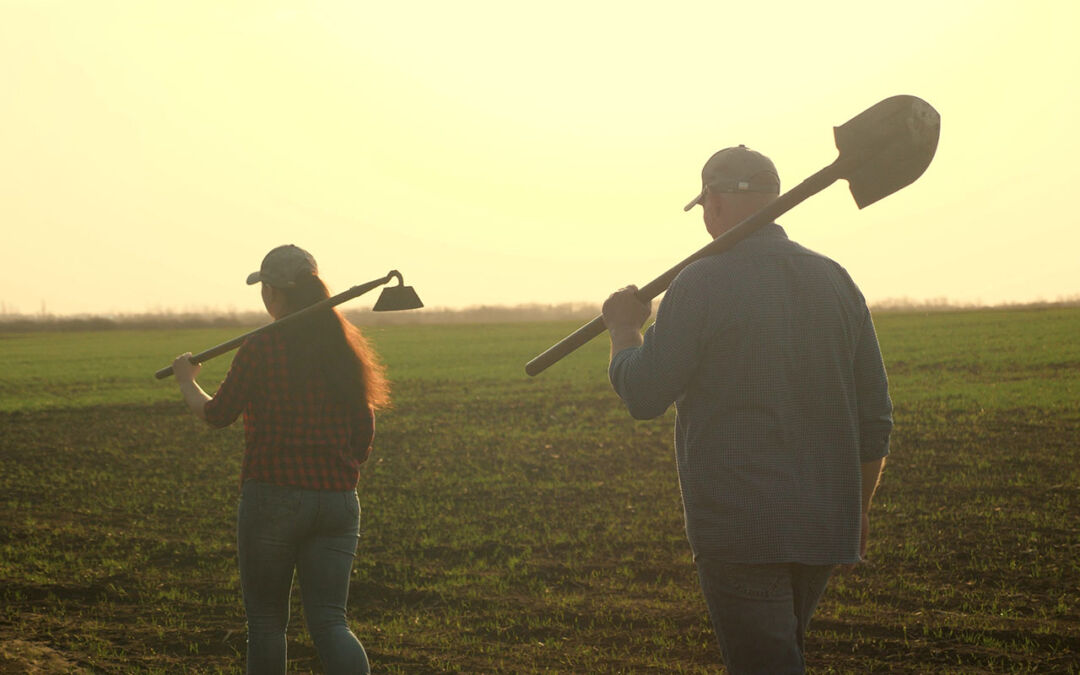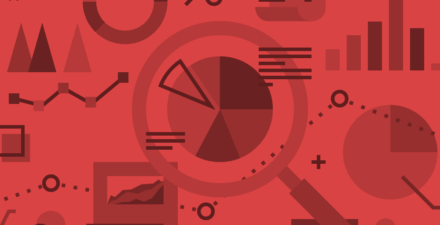Modeling future economic damages from climate change is an important and underdeveloped area of research

This year’s Earth Day celebrations come on the heels of yet another devastating UN report detailing the consequences of climate change—and the global lack of action to mitigate its effects—for the planet. The report is not the first of its kind, but it is groundbreaking in its sober evaluation of what the world faces and how quickly it will be upon us unless drastic collective action is taken.
Reports such as these often spark a spate of new research on what the economic costs of climate change will be, estimates of the social cost of carbon, and other reviews of the macroeconomic implications of global warming. Yet a new working paper by economists Gregory Casey and Matthew Gibson at Williams College and Stephie Fried at Arizona State University’s W.P. Carey School of Business suggests that the existing models used in most of these studies may be underestimating the damages caused by climate change.
The paper, titled “Understanding Climate Damages: Consumption Versus Investment,” seeks to understand how the assumption of homogeneity in the economy—that is, the assumption that climate change affects all sectors and all types of industries equally—affects estimates of future damages in climate assessments. The co-authors develop a model that allows for different impacts of climate change on industries that produce consumption goods and those that produce investment goods, and analyze how this more nuanced model affects how we think about the costs of ongoing climate change.
Before diving into the details of the study, however, it is important to define the difference between consumption and investment goods. In simple terms, investment goods are those that are used in the production chain and thus have longer-term effects on economic growth and productivity. Consumption goods are typically consumed at the end of the production chain and then no longer provide economic benefits, so they have fewer downstream effects on growth.
A simple analogy is that an investment good is the machine that can bake several loaves of bread at once and continue to do so for many years, contributing to production for a long time, whereas the consumption good is a loaf of bread that, once eaten, has no further role in the economy. Of course, this overly simplistic explanation ignores that some goods can be both investment and consumption goods, just as some sectors can produce both investment and consumption goods.
Casey, Fried, and Gibson set out testing their theory by looking at one possible avenue through which climate change can impact future economic growth: heat stress. They examine how heat stress affects productivity in sectors for which workers largely perform their tasks outdoors—specifically, the agriculture, construction, and mining industries. The vast majority of production in these three sectors is of investment goods, and because production is outdoors, workers in these sectors are especially vulnerable to heat stress.
The co-authors build a model for estimating climate damages that is based on the standard models that aggregate production and assume homogeneity. These models were developed in the 1990s by Yale University economist William Nordhaus and are often referred to as DICE models, which stands for dynamic integrated climate-economy. Importantly, though, the three co-authors of the new study also craft a more complex model that allows climate change to differentially impact sectors that produce consumption or investment goods.
They then map projected temperatures in U.S. counties between 2020 and 2100. They use common heat stress guidelines from occupational safety organizations that define the relationship between heat and labor productivity to simulate the impact of climate change on productivity and growth in each sector. They do this for both the simpler, DICE-like model and the more complex model that separates consumption and investment productivity.
The results are telling. When consumption and investment goods are separated, heat stress from climate change has a significantly larger effect on future productivity, mostly because of its heightened impact on investment goods in these sectors. The co-authors’ model finds that by 2100, heat stress reduces investment productivity by 1.25 percent, whereas the simpler DICE model predicts a decrease of just 0.27 percent in the same time frame.
They also find the DICE model overestimates consumption productivity losses in the short term and underestimates them in the long term. They then quantify these effects and find that separating out consumption and investment increases the estimated welfare costs of these damages from heat stress by between 4 percent and 24 percent.
The co-authors note that they chose to study sectors that largely labor outdoors because these industries are more vulnerable to heat stress. Yet other research suggests that indoor jobs and industries may also be vulnerable to climate effects such as heat stress. A recent study by University of California, Los Angeles researchers R. Jisung Park and Nora Pankratz and Stanford University’s A. Patrick Behrer, for example, shows that high temperatures create increased risk for workers whether their jobs are primarily located indoors or outdoors.
Lessons from the New Deal of the 1930s for a Green New Deal today
December 16, 2019
A plan for equitable climate policy in the United States
February 18, 2020
Another important caveat to the study’s findings is that the co-authors only look at productivity damages from heat stress, which impacts investment goods more than consumption goods in the sectors they study. This is why the DICE model appears to underestimate the economic costs of climate change—because it smooths over the higher damages on investment productivity by assuming it is affected equally to consumption productivity. The co-authors note that other climate damages that vary across sectors—for instance, from flooding or draught—may generate worse outcomes for consumption than investment productivity.
In other words, their model demonstrates that if all climate change effects do indeed affect investment goods’ production more—as was the case in their study of heat stress—then the long-term growth impacts will be bigger than previously estimated because investment is critical to long-term growth. If, however, climate change affects consumption goods’ production more, then long-term growth will be less impacted, and existing models may even be overestimating the damages. It could even be the case that, all told, climate risk falls evenly across investment and consumption good production, balancing out the DICE overestimates and underestimates, which would then actually be accurately predicting the overall costs. More research is needed to ascertain which of these scenarios is actually occurring.
The upshot of this study from Casey, Fried, and Gibson is that macroeconomic modeling of climate change is in its very early stages and requires further development before it can estimate with certainty what the costs of climate change will be. The new working paper provides a potential path forward for the field in trying to understand what a more complex model will tell us about climate change and the economy. But further research on the different avenues for climate change to affect economic productivity and growth, as well as research into the effects on different sectors, is needed to clarify how climate really affects the economy.






